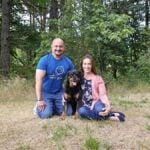


Home » The Great Dane
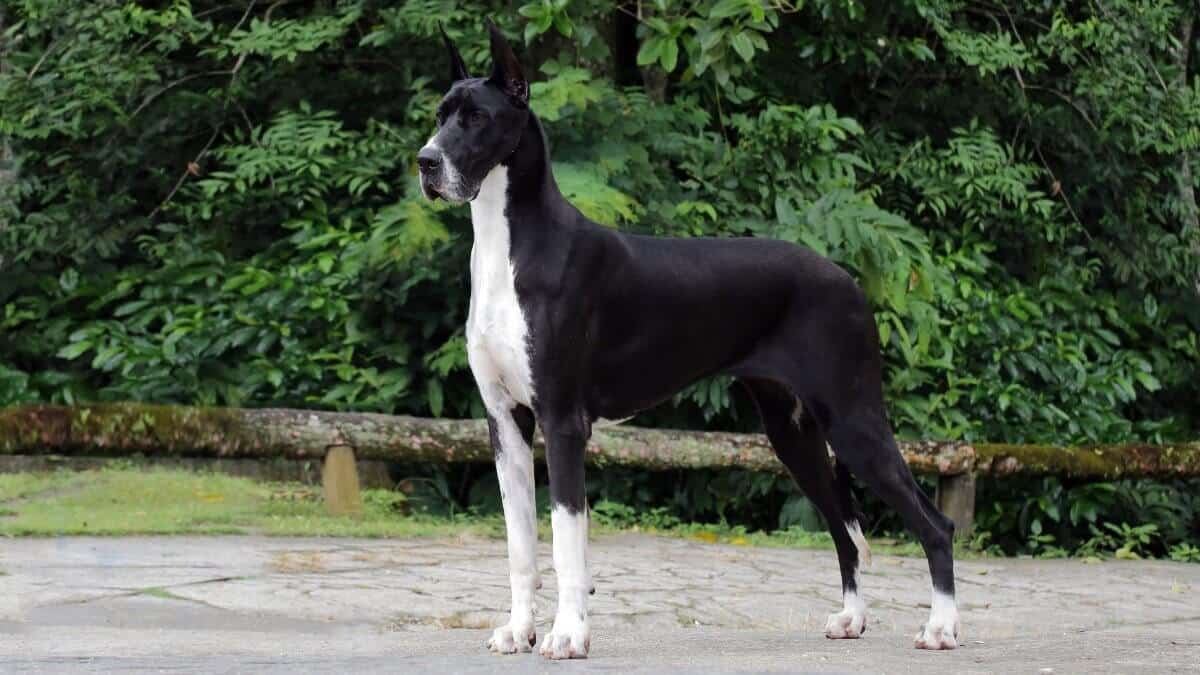
This article was originally published in Showsight Magazine, July 2015 issue.
Featured photo credit: Edmilson Reis
It’s hard to know exactly when the Great Dane came into being. Pre-biblical wall carvings, coins and tablets from Egypt and Greece show a large, unmistakable forerunner of the modern Great Dane. In many books, dating back to 1387, there are engravings of dogs at hunt, referred to as Aleuts, large dogs with square muzzles, cropped ears with body and size. During the late 18th and 19th century, the Germans further developed the Great Dane. The German Boarhound, or Deutsche Doggen, was owned by estate owners, royalty and noblemen and used as hunters of boar and bear and as guard dogs. Their fierceness was treasured. In the late 1800s, German dogs were imported into the United States. The American breeders started to breed to eliminate the coarseness and tough temperament of the German Danes. Breeding for a little more leg and a longer, narrower head; they contoured the Great Dane we have today. They were no longer needed to hunt or guard and were developed into a noble companion dog with stable temperaments balanced with great size and dignity, the “Apollo of dogs.”
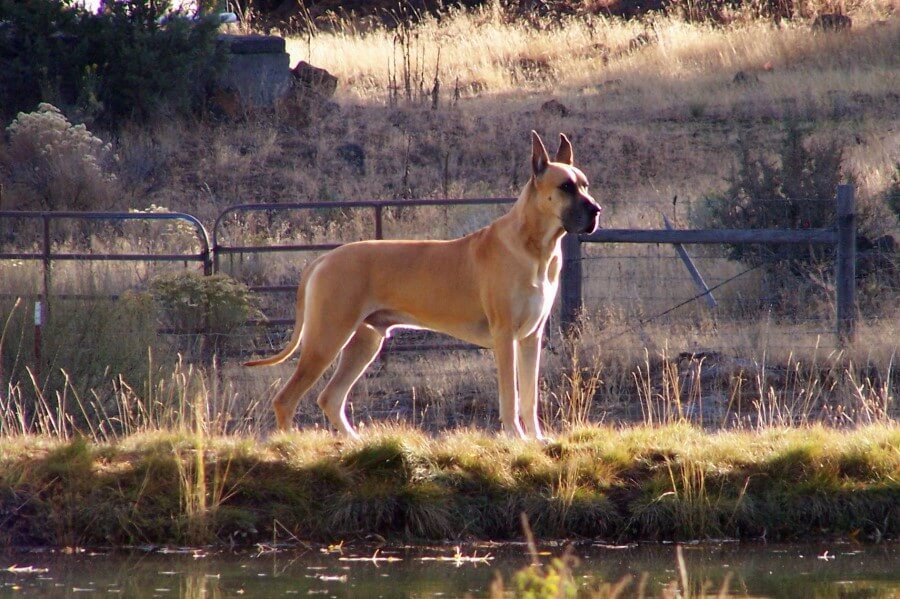
No breed is perfect for everyone. As great as they are, Great Danes have their problems; as do all breeds. Because of their great size and fast growth, (approximately 100 times their birth weight in their first year) they have a short life span, on average 7 to 8 years. There are lines that have been more fortunate and good breeders try hard for more longevity. Because of their deep chest and pendulous stomachs they are subject to a condition called bloat or torsion which can kill them if not treated quickly. They are subject to spondylosis, an arthritic condition of the spine which eventually renders them unable to get up or down. There are some bone growth problems that can occur, many of these can be the effect of poor nutrition. A proper diet is essential.
Needless to say, with the negatives that have just been written, there are still many of us who choose to live our lives with a Great Dane. They are people dogs, living to be loved by us and to love us. They are intuitive to their owners moods and are always there to comfort us when we need it. Even the most docile of Danes will instinctively know when someone is threatening their owners and they are quick to react. They are devoted companions. They love to be part of the family, doing what we do. Hiking, swimming, even boating, anywhere their owner goes or anything we do; they want to be part of it. Temperament is of the utmost importance due to their size and potential power. Our standard says always friendly and dependable and that is exactly what we want them to be. An aggressive Dane should never be tolerated; while a timid one is equally unacceptable. Early socialization is a must. Gentle discipline and socialization at an early age will make any puppy a better adult. Puppy kindergarten is an excellent start. Even a small Great Dane is a big dog, bad behavior cannot be allowed.
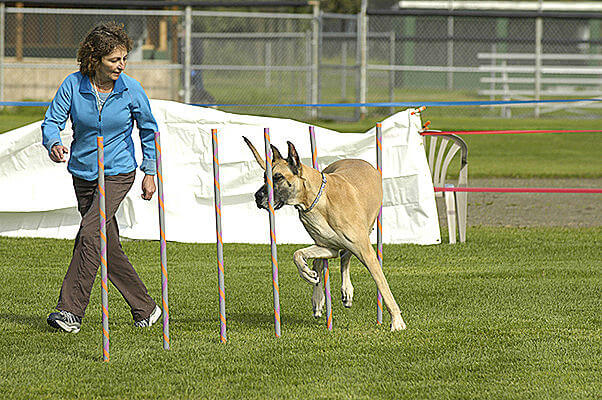
Danes, especially puppies, do not require a lot of exercise. They do make good apartment dogs if walked often and given lots of attention. Like any breed, Dane puppies can get into mischief. Most Dane owners crate train their puppies until they are past the destructive age and can be trusted to be loose in the house alone. This pastime is not limited to Great Dane puppies but to all puppies. The Great Dane is an intelligent breed. Although they appear docile and very laid-back, they love to be “busy”. Danes can be the best companions and still compete in Conformation events, Obedience, Agility, Versatility, Flyball, Tracking, Search and Rescue and yes, even Dock Diving!
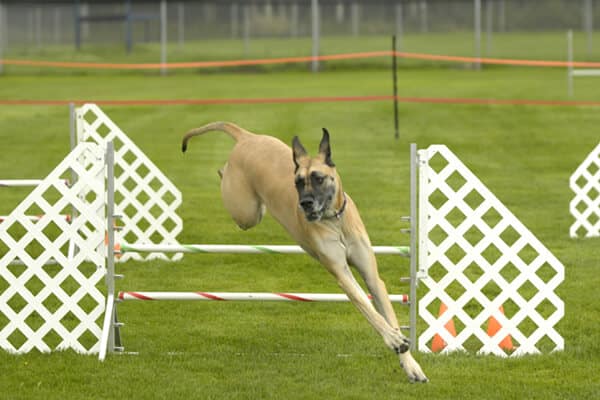
One of their best abilities is as therapy dogs. Their bond with people and their intuitive nature makes them exceptional therapy dogs. Visiting nursing homes, school rooms and libraries during children’s reading activities. They make great service dogs. Their size makes them useful for people with MS and Parkinson’s who need help with their balance. They are truly gentle giants.
The Great Dane Club of America has a website full of information pertaining to Great Danes, events, the GDCA Charitable Trust and breeder listing.